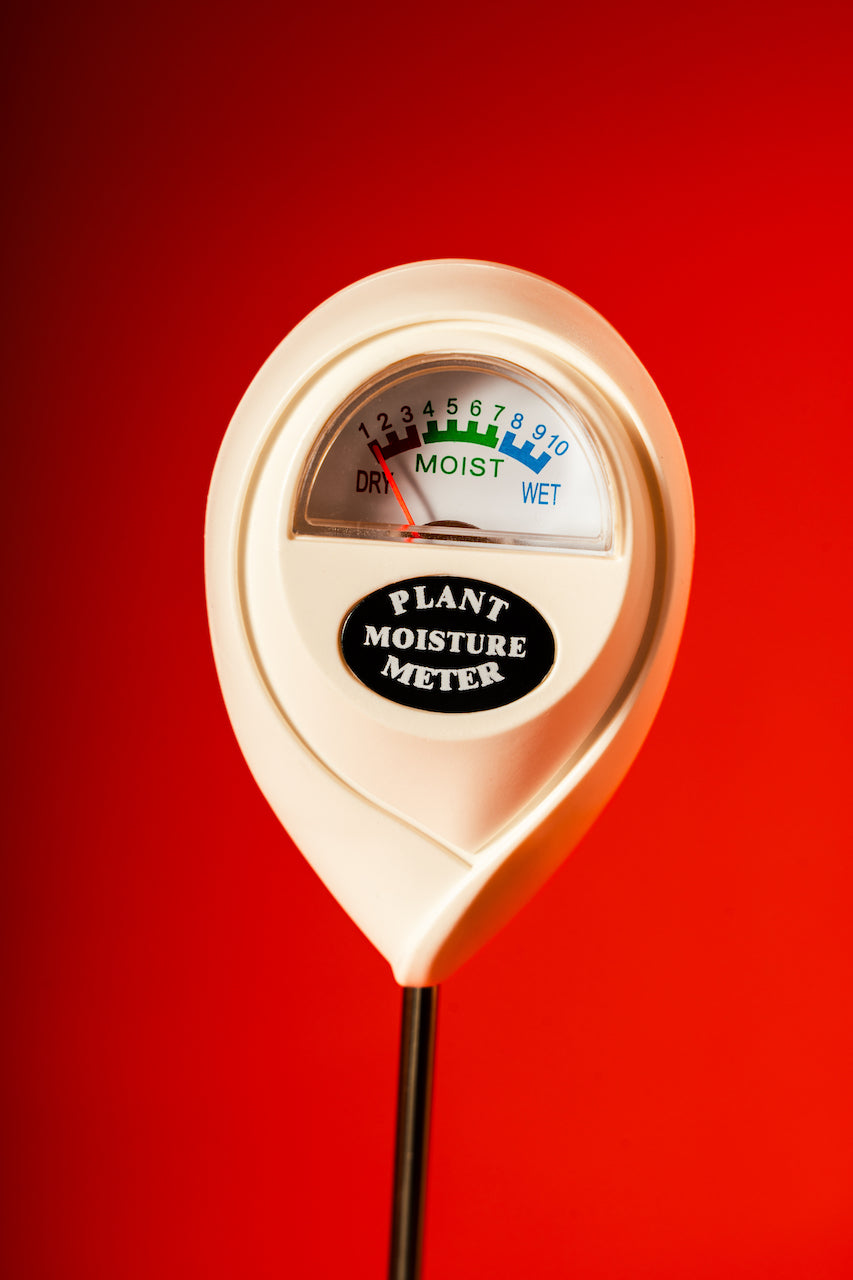The Ultimate Guide to Selecting the Right Moisture Meter for Your Demands
The Ultimate Guide to Selecting the Right Moisture Meter for Your Demands
Blog Article
The Ultimate Guide to Moisture Meters: A Comprehensive Summary and Exactly How They Can Save You Cash
In the world of structure upkeep, construction, and various sectors, the relevance of properly determining moisture levels can not be overemphasized. Moisture meters work as indispensable tools in spotting and checking moisture material in materials, aiding in protecting against pricey problems and guaranteeing the quality of items. Comprehending the nuances of different kinds of wetness meters, their applications, and the potential cost-saving advantages they provide can be a game-changer for businesses and specialists alike. Finding how these tools can not just simplify processes yet likewise add to monetary cost savings is a journey worth starting.
Types of Moisture Meters
Numerous types of dampness meters are readily available for various applications in various markets. One usual type is the pin-type dampness meter, which measures the electric resistance between two pins put into a product. This type appropriates for timber, drywall, and various other building products. Pinless dampness meters, on the other hand, use electro-magnetic sensor plates to scan a bigger location without causing damage to the product's surface area. These meters are optimal for promptly evaluating wetness degrees in large areas such as floorings and wall surfaces.
Moreover, there are additionally specialty moisture meters developed for particular products like hay, dirt, or grain. These meters supply exact dampness analyses customized to the one-of-a-kind buildings of the product being tested. Infrared moisture meters measure the thermal homes of a material to identify its dampness content non-invasively, making them helpful for applications where pin or pinless meters may not appropriate. Understanding the different kinds of moisture meters readily available can aid sectors pick one of the most proper device for their certain dampness dimension demands.

Benefits of Using Moisture Meters

In addition, utilizing dampness meters can bring about boosted energy effectiveness. By recognizing locations with high moisture levels, such as leaks or poor insulation, modifications can be made to improve energy preservation and reduce energy expenses. In farming settings, wetness meters play an important function in maximizing plant returns by enabling farmers to keep track of soil wetness degrees and make informed irrigation choices. In general, the advantages of making use of moisture meters span across various industries, offering affordable remedies and advertising far better quality assurance techniques.
Exactly How to Choose the Right Moisture Meter
Selecting the appropriate dampness meter entails taking into consideration crucial aspects such as material compatibility, dimension array, and calibration accuracy. When choosing a wetness meter, it's important to ensure that the meter appropriates for the details material you will be screening. Different products have differing electrical residential properties that can affect moisture analyses, so choosing a meter designed for your product go to these guys is essential for exact results. Additionally, take into consideration the measurement range of the wetness meter. Ensure that the meter can detect wetness levels within the array required for your applications. Calibration precision is another essential element to bear in mind (Moisture Meter). Go with a moisture meter with reliable calibration to make sure precise and constant analyses. Some meters may call for periodic calibration modifications, so recognizing the calibration process is essential. By thoroughly reviewing these elements, you can pick a moisture meter that meets your requirements and provides precise dampness measurements for your jobs.
Correct Techniques for Moisture Meter Usage
To make certain exact wetness readings and take full advantage of the effectiveness of a dampness meter, utilizing appropriate techniques is important. When making use of a pin-type wetness meter, insert the pins or probes right into the material being examined till they make full call. By complying with these proper methods, users can count on their dampness meter to supply reliable wetness levels, helping in avoiding pricey damage or making certain high quality in numerous applications.

Cost Savings Via Moisture Meter Applications
How can the strategic use of dampness meters lead to substantial cost savings throughout numerous sectors? In the agriculture industry, moisture meters aid in establishing the optimal time for harvesting crops, stopping excess or over-drying dampness that can impact the last product's high quality.

Moreover, in the food handling sector, dampness meters are crucial for monitoring product quality and guaranteeing compliance with security policies. By precisely determining wetness material in foodstuff, makers can stop wasting, preserve freshness, and decrease waste, resulting in significant cost financial savings. On the whole, the critical application of dampness meters is a beneficial financial investment that can cause considerable cost decreases and boosted performance throughout different markets.
Conclusion
In final thought, dampness meters are valuable devices for spotting and gauging moisture levels in numerous materials. By using the right dampness meter and following appropriate strategies, users can efficiently protect against costly damages created by excess moisture.
Wetness meters offer as essential devices in identifying and keeping an eye on moisture web content in products, aiding in stopping costly damages and guaranteeing the top quality of items. Infrared dampness meters measure the thermal buildings of a product to determine its wetness material non-invasively, making them valuable for applications where pin or pinless meters might not be ideal.Moisture meters offer indispensable benefits in precisely keeping track of and evaluating wetness levels in diverse materials and environments. In agricultural settings, moisture meters play an important function in enhancing crop yields by enabling farmers to keep track of soil moisture degrees and make notified irrigation Visit Website decisions.In final thought, moisture meters are beneficial tools for gauging and spotting dampness degrees in various materials.
Report this page